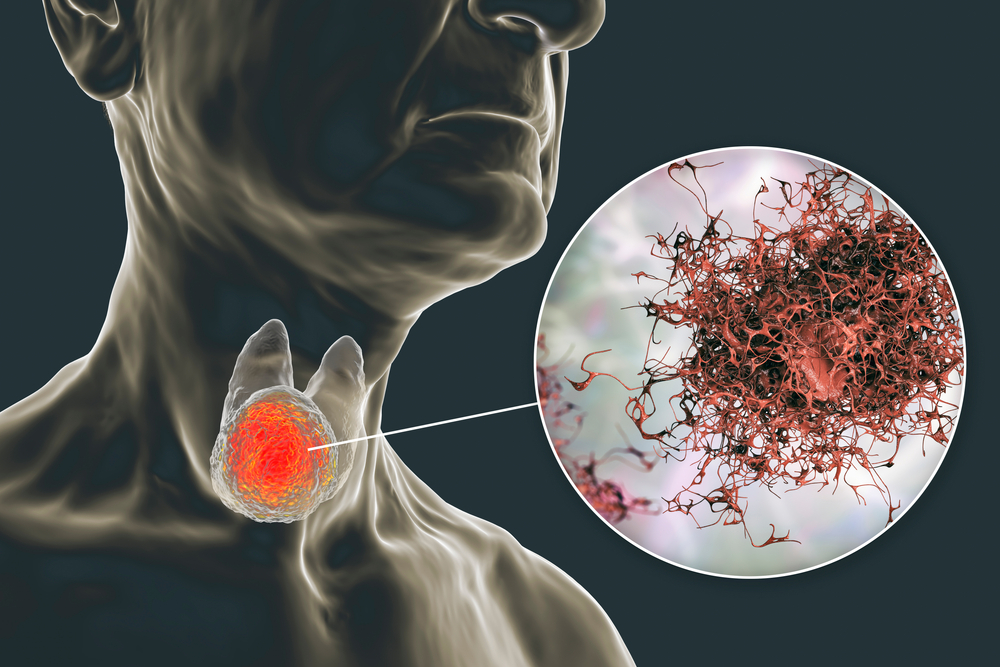Do I Need to Join a Class Action to Sue for Paraquat Injuries?
The herbicide paraquat aids farmers and landscapers in killing insects that threaten crops and plants. Paraquat’s properties make it dangerous, even lethal, to ingest. Inhaling it can lead to breathing problems, organ damage, nausea and, according to many studies, Parkinson’s disease.
Since 2017, plaintiffs have sued paraquat manufacturers (or their successors) in state and federal courts. In these nearly 400 lawsuits, plaintiffs allege that paraquat exposure has caused Parkinson’s disease. As a result, lawyers and the federal judiciary have moved to consolidate these cases. If paraquat exposure has caused you or a loved one to have Parkinson’s disease, you may be receptive to invitations to join a class action. Below, we examine the workings of class action lawsuits, alternatives, and what approach may best help you get compensation because of paraquat exposure.

What is a “Class Action”?
In a class action, a single plaintiff or small set of plaintiffs sue on behalf of a larger group of parties. These kinds of lawsuits arise when significant numbers of parties suffer the same or similar types of harm from one defendant or a group of them. To bring a class action, parties must show the existence of a common set of legal and factual issues, that the class is so large as to make it impractical to join all the plaintiffs, those bringing the class action have claims similar to or representative of the class members, and that the representatives can fairly protect the interests of the class members.
Generally, the same lawyer (or group) pursues the class action litigation for the class of claimants. Class actions spread the costs of the lawsuit among a broad group rather than one or a handful of plaintiffs bearing all of the burden. In many class actions, but not necessarily all, individual members suffer relatively small levels of harm such that it might not prove worthwhile to pursue claims individually.
You will find class actions in lawsuits in consumer law, employment law, and personal injury law cases. These actions allege wrongs such as overbilling, false advertising, employment discrimination, and defective products.
What is the “Multidistrict Litigation?”
Paraquat lawsuits represent a form of “mass tort” litigation. Plaintiffs in these cases claim that they have suffered Parkinson’s disease due to exposure to paraquat. Generally, these actions share as a common allegation the failure of the makers to warn users or those in proximity to their use that paraquat increases the risk of Parkinson’s disease. According to plaintiffs, the makers had internal documents or other information to show that they knew or should have known of the risks. Other theories of recovery include nuisance, violations of consumer protection laws, and negligence.
With the number of federal paraquat lawsuits pending, the U.S. Judicial Panel on Multidistrict Litigation has placed all federal paraquat lawsuits in the United States District Court for the Southern District of Illinois. This affords one forum and one judge to direct the filing of claims, discovery, pre-trial motions, scheduling of hearings on plaintiffs and defense motions, and setting cases for trial. This multidistrict litigation (MDL) also seeks to eliminate the prospects of inconsistent rulings on issues that arise pretrial.
The Differences Between Class Actions and Multidistrict Litigation
The paraquat lawsuits in the Southern District of Illinois are not class actions. Unlike a traditional class action, the lawsuits in the multidistrict litigation exist as separate actions. Consider the differences between multidistrict litigation and class actions in deciding the best approach for you.
Participation
In class actions, those who may qualify as plaintiffs receive notice of the lawsuit and an opportunity to decide on participation. Depending on the court order, you must specifically opt out of the class action. Otherwise, the court will deem you a member of the class. In other cases, your notice will tell you that you must choose whether to participate or opt out if you wish to pursue your own lawsuit. You will also have to qualify for class membership. This entails your having purchased a product or having been exposed to something during a particular time period.
Multidistrict lawsuits come before a single federal court but exist as separate actions. You participate in the multidistrict litigation because you have a case that is subject to an assignment from the U.S. Judicial Panel on Multidistrict Litigation to a particular district.
Certain plaintiffs in multidistrict cases might not meet minimum thresholds to continue. As it pertains to federal paraquat suits, the Southern District of Illinois provides a questionnaire for would-be plaintiffs in paraquat exposure cases. The questions ask for information about the manner and extent of exposure to paraquat, any diagnosis or history of Parkinson’s disease, your family history of Parkinson’s or other neurodegenerative diseases, and monetary damages.
Hearings and Trials
Since a class action represents a single lawsuit, all the class members are bound by any verdict, judgment, or order of dismissal should the defendants contest liability. That means one trial with a single jury or judge (if a bench trial) hearing evidence and rendering a verdict or other decision.
If a case subject to multidistrict litigation does not settle, it proceeds to a separate trial. Judges in some multidistrict litigations may choose certain cases for “bellwether” trials so that other plaintiffs and the courts can gauge the merits of the actions and how juries will decide future cases.
Ultimately, you try your own case unlike in a class action. You can more fully present your injuries and damages than in a single trial in a class action. The jury can hear your own story of how Parkinson’s has impaired your ability to communicate, walk, grasp and hold objects, and exercise judgment. Your tremors, loss of gait, hallucinations, and other symptoms may prevent you from holding a job, engaging in the daily activities of life independently, and having meaningful relationships. Depression and anxiety also follow those with Parkinson’s. In your own trial, you can present your evidence of:
- Lost wages
- Lost earning capacity
- Pain and suffering
- Medical expenses
- Loss of consortium (love, affection, services of spouse)
Settlement
Both class actions and multidistrict litigation lend themselves to some form of settlement for the plaintiffs. In a class action, an attorney or small team of lawyers negotiates for all the class members. Such an approach generally works well when the class members suffer generally the same kind of injuries. In mass tort cases, individual plaintiffs often have varying degrees of exposure and harm.
In multidistrict cases, settlement discussions can take into account the unique situations of individual cases. With oversight and perhaps nudging from the supervising judge, plaintiffs or their lawyers in typical multidistrict suits negotiate a global settlement with the defendants. Depending on the particular settlement agreement or case, plaintiffs have their claims tiered for purposes of determining their share of the settlement. The seriousness of the injuries and harm, the existence of pre-existing conditions and other causes of the harm, and the level of exposure to the harmful product factor into the ranking of claims.
For additional information, please see our page dedicated to Paraquat Lawsuits and Parkinson’s Disease.

















